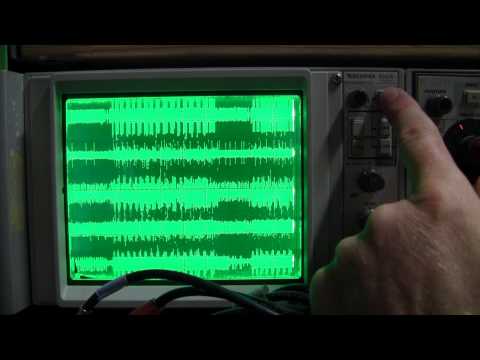In our new lab here in Regensburg, we are currently re-establishing the method of confocal microscopy. To start with, we used the fly lines which show a defect in the temporal structure of their spontaneous behavior (a project of one of our graduate students). this fly line uses two transgenic constructs (c105 and c232) to drive expression in specified neurons in the fly brain, i.e., the merged expression patterns of c105 and c232. In this case, the transgenes drive expression of green fluorescent protein (GFP). Around 7pm on the evening right after the dissections and the confocal imaging, I reconstructed the image stacks as a 3D video of the expression pattern in the brain and uploaded it to my YouTube channel:
Only an hour or so after I posted the video, Douglas Armstrong sent me an email:
Are you sure c232 is in there? most of its neurons are missing, looks like c105 though
Cheers,
D
https://flytrap.inf.ed.ac.uk/html/enhancer/c105/
https://www.fly-trap.org/html/enhancer/c232/
And sure enough, upon closer inspection and comparison with the data displayed in the two links Douglas sent along, it seemed as if only the c105 expression pattern is visible. So as we are establishing the technique here, we need to pay extra attention to threshold effects, preparation and the imaging settings at the two different confocal microscopes we have here. In addition, we need to image flies with the individual drivers, to make sure nothing is wrong with the fly strain that should contain both drivers.
All of these things are important and we probably would have not paid special attention to them as we thought the double driver line was simply a good line to start optimizing the method.
In other words, if I had never published the data online right after we got them, I probably might have spent quite some time not being aware of potential problems with this fly strain.
Thanks so much, Douglas!














You are saying that you wouldn’t have actually compared for yourself the expression pattern you obtained with the supposed double-GAL4 strain to the expected pattern based on the published expression of the two GAL4s? I have no idea how long you have been working with Drosophila, but it is a rookie mistake to ever assume anything but the worst about fly strains you obtain from others (including from stock centers). When it comes to GAL4 strains, step one must always be to validate expected expression by comparison to published information.
“You are saying that you wouldn’t have actually compared for yourself the expression pattern you obtained with the supposed double-GAL4 strain to the expected pattern based on the published expression of the two GAL4s?”
No, I didn’t say that. I wrote: “the double driver line was simply a good line to start optimizing the method.” The reason we picked this one was precisely so that we could study the expression pattern in detail, once our technician had the preparation and the imaging details down. Now we know we need to pay special attention to the missing neurons, which might just be faint and hence a technical imaging problem, rather than a problem with the fly strain itself. I.e., already during the optimization phase, we will now pay attention to the specific pattern, rather than, say, optimize the brightness and resolution using the obviously visible neurons. That way, we won’t have to go back and fiddle with everything again after we found that some neurons are not or barely visible. Due to Douglas, we only noticed it much earlier than we would have done otherwise.
“I have no idea how long you have been working with Drosophila” Since late 1994.